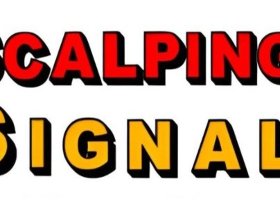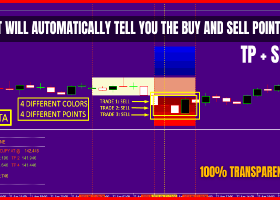Mixed retail sales and weak PPI data and a strong 10-year auction supported a decent intraday rally in longer-end Treasuries that reversed a softer start and left yields mixed at the close and the curve several bp flatter on modest short-end losses and long-end gains. Nominal curve flattening was accompanied by little change in TIPS breakevens after the under performance in the past couple weeks. There was no change in dovish Fed pricing in futures over the next two years, and a further flattening in the rate outlook priced past that. So generally a more pessimistic view of the world in rates markets that was quite different from good upside in risk markets. Divergence was seen from the open, when Treasury yields started only a bit in the red despite strong overnight gains in stocks supported by better than expected China trade results. The extent of the improvement was overstated by calendar shifts around the lunar new year holidays, but a swing to export growth of +11.5% year/year, first positive in nine months, after a 25.4% plunge in February, and a smaller pace of decline in imports, -7.6% v. -13.8%, was encouraging in suggesting the worst of the global trade weakness may be past and also in adding to recent signs of improvement in China growth.
Even with that report helping support big major rallies in Japanese and European stocks overnight, with the Topix and Stoxx 600 both gaining 2.5% on the day, and good upside in commodity prices, with the Chinasensitive LME base metals composite rising 1.6%, the 10-year Treasury yield only opened New York trading 1.5 bp higher at an early peak of 1.795%. Following the only minor opening losses, Treasuries had a good intra day bid in response to the retail sales and PPI reports and strong auction results. March retail sales fell 0.3% overall, and the core retail control gauge was flat. Headline PPI fell 0.1% even with substantial upside in gas prices, and the core was flat. At 3:00, modest short end losses and long end gains left 2’s-10’s and 5’s-30’s 3 bp flatter with the 2-year yield up 1.5 bp to 0.75%, 3-year yield up 1 bp to 0.90%, 5-year yield unchanged at 1.21%, 7-year yield down 1 bp to 1.53%, 10- year yield down 2 bp to 1.76%, and 30-year yield down 3 bp to 2.58%. Longer end gains followed the 10-year Treasury reopening being awarded over 1 bp through the 1:00 level at 1.765% on an above average 2.75 bid/cover and strong 75.2% combined indirect and direct bidder share.
Treasury gains differed from a 1.0% rally in the S&P 500 and 1 bp tightening in the IG CDX index. Divergence in Europe was a lot more pronounced and helped support U.S. moves on both sides, with the 2.5% rally in the Stoxx 600 accompanied by a 3 bp tightening in iTraxx Europe but the 30-year German Bund yield falling 6 bp, France and Italy 8 bp, and Spain 9 bp. The dollar took the risk market side in a, we estimate, 0.4% gain in the Fed’s broad trade-weighted dollar index after it hit a six-month low Tuesday. A rally in the dollar against the euro ($1.128 v. $1.139) was the largest contributor. The yen softening for a second day (109.3 v. 108.5) was also a positive sign. TIPS moved about in line with nominals after getting hit following the downside surprise in PPI but recovering on subsequent dip buying. The 5-year TIPS yield fell 0.5 bp to -0.34%, 10-year 2 bp to 0.19%, and 30-year 3 bp to 0.86%. The CPI results on Thursday will set the tone for TIPS in the runup to the 5-year auction next week. Fed funds futures through mid-2018 held steady on the day to still price 1.5 total rate hikes through the end of 2017 and to first fully price in one 25 bp in June 2017. Modest euro dollar futures gains starting in 2018 reached a peak of 3.5 bp in 2022-25 contracts, and the 5-year/5-year forward swap rate fell 2 bp to 2.10%, not far from the historic low. The retail sales report was mixed, with weakness in March offset by upward revisions to February and January to marginally boost the outlook for Q1 consumption but the trajectory into Q2 now significantly weaker. Headline retail sales fell 0.3% in March, reflecting a 2.1% drop in auto sales, more or less in line with the 5% decline in unit sales.



